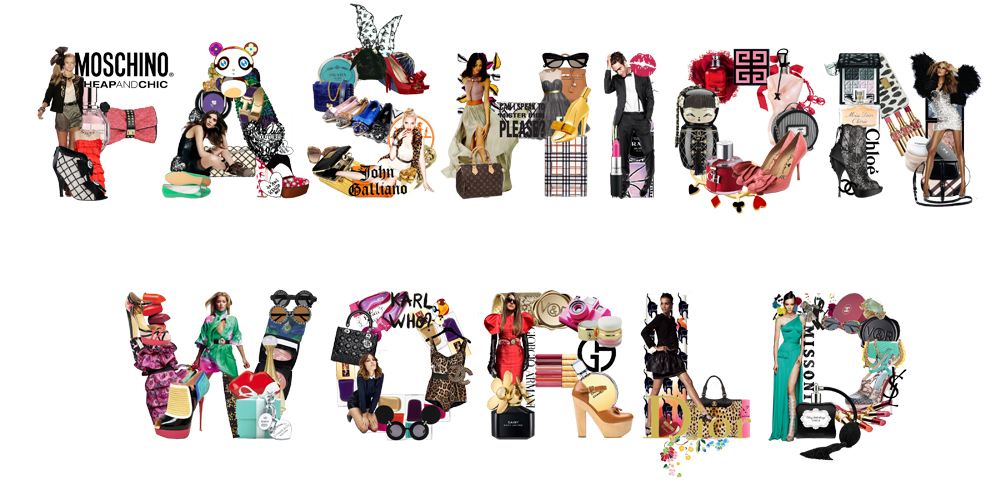“Fashion” is the name given to the prevailing style of living among the upper classes and the rich. Among the members of the “smart set” of any country, certain styles of houses, furniture, foods and drinks, times of meals, amusements, polite customs, and especially dress, are “fashionable.”
No one in society would dare to take his meals at unfashionable times, or furnish his house with old-fashioned furniture, or, above all, wear clothes that were out of fashion; for to do such things would be considered odd and eccentric, or, as people of that class would say, “quite impossible.”
And as fashions in dress are constantly changing, “the fashion” in dress always means the latest fashion; and as it is impossible for any but rich people to bear the expense of discarding perfectly good cloths, simply because the style has gone out of fashion, and buying new and up-to-date dresses, only well-to- do people can always be fashionable.
ADVERTISEMENTS:
Fashions in all things change from time to time. For example, certain amusements can come into and go out of fashion. Such games, as croquet and bowls, came into fashion for a time and were “all the rage” in the middle of the 19th century; then they went out of fashion, and other games like lawn-tennis and golf took their place.
At one time, all fashionable people rode horses, while now they have taken to motor-cars. The style for furniture changes, and the way in which our grand-fathers furnished their houses would be considered altogether out-of-date and old fashioned today.
Even foods and drinks, and the way they are prepared and served, change from time to time. For example, a fashionable dinner in a rich house today is quite different from what it was fifty years ago. But the changeableness of fashion is seen mostly in dress, especially in ladies dress, in Europe and America.
ADVERTISEMENTS:
One year the dresses will be short and the hats small; the next they may be long and the hats large. Now the prevailing colour may be blue; in a few months, it may be pink; and some time after, everyone will be wearing black.
A fashionable lady will call a beautiful dress, that she worn only once, “that old thing”, and give it away to her maid, because it has gone out of fashion.
Now can we account for these constant and rapid changes of fashion? They are due, partly to love of novelty, and partly to what is called the “herd-instinct.”
Animals that live in herds or flocks (like cattle, sheep or deer) are in the habit of moving together and all doing the same thing at the same time. If one sheep goes in a certain direction, the whole flock will follow. This is called the “herd-instinct.”
ADVERTISEMENTS:
Now men are animals who live in herds; and as a rule a man feels uncomfortable if he is not doing, and wearing, just what his equals in society wear and do. So when a few original people begin to wear a different style of clothes, love of novelty, combined with the herd-instinct, impels all the rest to follow their example.

